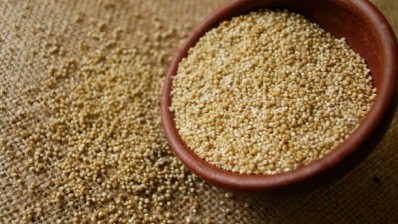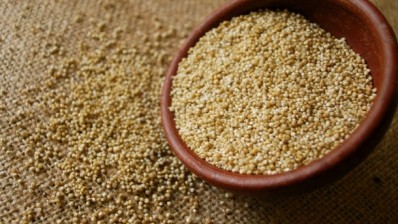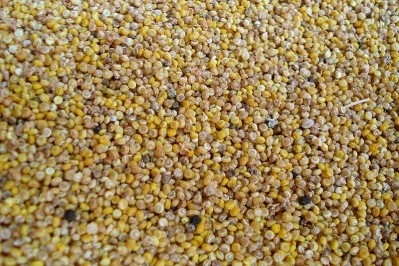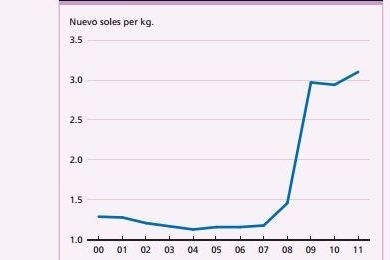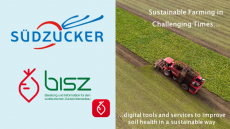Quinoa gene tinkering key to meeting worldwide food demand
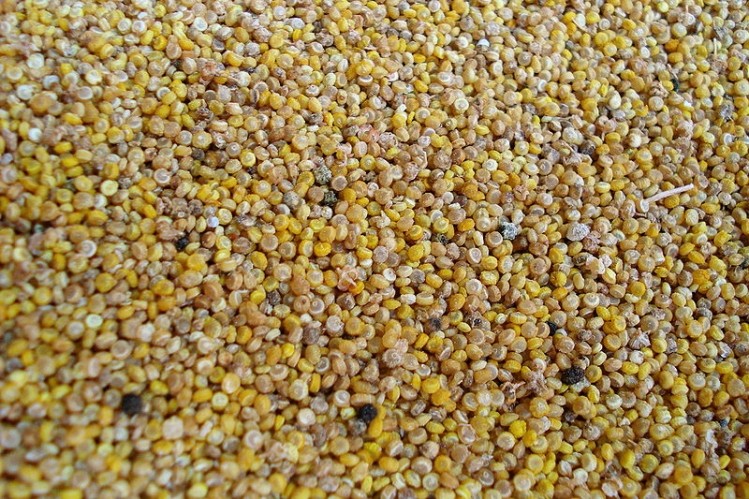
In pinpointing genes that could be manipulated to change the way the plant matures and produces food, the team behind the Nature study believe quinoa could be modified to become more commercially more valuable – and help to feed people.
Despite its agronomic potential, quinoa (Chenopodium quinoa Willd) is still an underutilised crop, according to researchers, leading them to begin sequencing the crop’s genome.
“One problem with quinoa is that the plant naturally produces bitter-tasting seeds,” said Dr Mark Tester, professor of Plant Science at King Abdullah University of Science and Technology (KAUST). “This is due to the accumulation of chemical compounds called saponins.”
“We’ve pinpointed one of the genes that we believe controls the production of saponins in quinoa, which would facilitate the breeding of plants without saponins to make the seeds taste sweeter.”
According to the study’s authors, there is immense potential for the genome sequence to help scientists understand quinoa and therefore modify it for more widespread, commercial use
Quinoa seeds are gluten-free and have a low glycaemic index. They also contain an excellent balance of essential amino acids, fibre, lipids, carbohydrates, vitamins, and minerals.
Quinoa’s ability to be grown on marginal lands not suitable for other types of crops was recognised by the United Nations, who declared 2013 as the International Year of Quinoa.
Scrubbing out saponin

Dr Tester and his team began by identifying a gene thought to regulate the seed’s saponin content.
As well as producing a bitter flavour, saponin—a glycoside compound—also plays a role in plant growth.
However they must be removed before human consumption as they have been known to break down blood cells.
This process is considered costly, water-intensive and can reduce the nutritional value of the seeds.
Thus the production of saponin-free lines is a desirable attribute to include in future quinoa breeding initiatives.
In addition, by using a combination of sequencing technologies and genetic mapping, they were able to piece together full chromosomes of C. quinoa, further providing a blueprint of the plant’s traits and its growth mechanisms.
Short and stocky
Mapping the plant’s genome sequence could for example, control the size of the plant to produce shorter, stockier crops that are more resilient to factors that could cause them to fall over.
Increasing the plant’s stability may also mean better support for larger seed heads allowing more of them to be grown in a defined area.
Other desirable traits include an increased ability to withstand heat and damage inflicted by other living organisms, such as bacteria, viruses, fungi, parasites, beneficial and harmful insects, weeds, and cultivated or native plants.
“We already know that the quinoa plant family is incredibly resilient,” said Tester.
“It can grow in poor soils, salty soils and at high altitudes. It really is a very tough plant. Quinoa could provide a healthy, nutritious food source for the world using land and water that currently cannot be used, and our new genome takes us one step closer to that goal.”
Source: Nature
Published online ahead of print: doi:10.1038/nature21370
“The genome of Chenopodium quinoa.”
Authors: Mark Tester et al.
